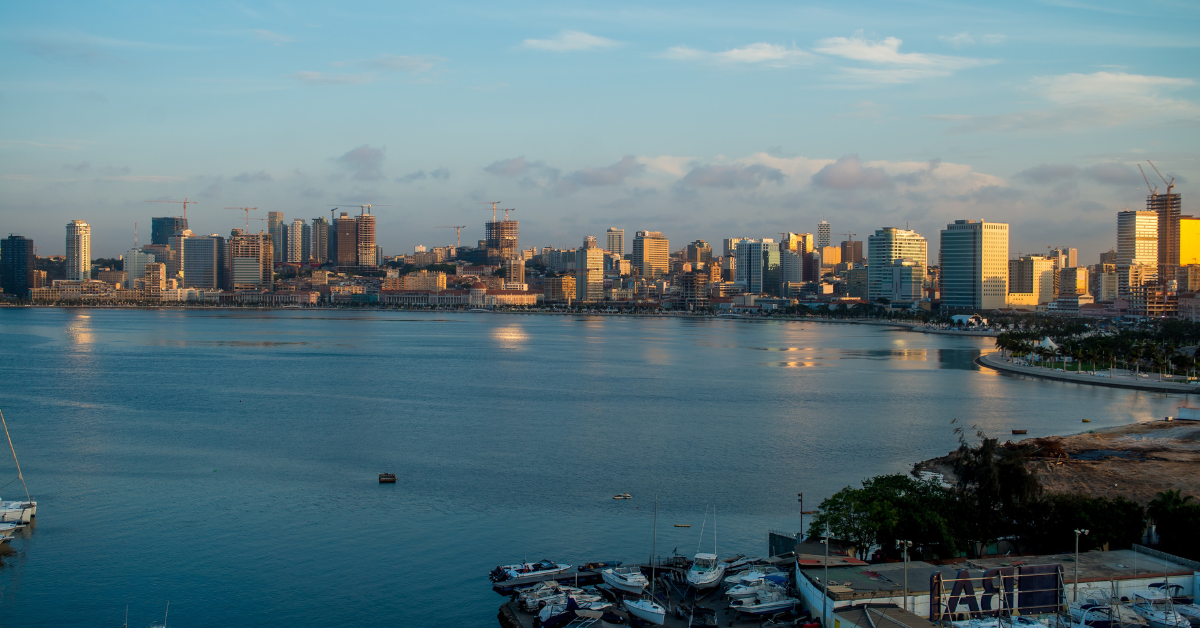While the name Angola is usually written in katakana in Japanese, it sometimes appears as “安哥拉” in Chinese and old Japanese texts. This article explores the cultural and historical reasons behind this unique kanji transcription, offering insights into the structure and intention of phonetic kanji.
What Kind of Country is the Republic of Angola?
The Republic of Angola is located in southwestern Africa, facing the Atlantic Ocean. A former Portuguese colony, it adopted Portuguese as its official language. Angola gained independence in 1975 and, after a long civil war, has been on a path to stability and development. The nation is rich in natural resources such as oil, natural gas, diamonds, and iron ore, which are major export goods and key to the national economy.
| Item | Detail |
|---|---|
| Country Name | Republic of Angola |
| Capital | Luanda |
| Official Language | Portuguese |
| Currency | Kwanza (AOA) |
| Area | Approx. 1.24 million square kilometers |
| Population | Approx. 36 million |
| Main Resources | Oil, natural gas, diamonds, iron ore |
Angola’s appeal goes beyond its resources. In recent years, the country has been developing its tourism industry, attracting attention for its untouched natural landscapes, beaches, and unique cultural heritage.
How is “安哥拉” Read? The Rules of Phonetic Kanji Transcription
The expression “安哥拉” is used in Chinese-speaking regions to represent Angola. This method of using kanji based on sound, known as phonetic kanji transcription, is not exclusive to Chinese but was historically widespread in Japanese as well. This approach involves matching the pronunciation of a foreign word as closely as possible using Chinese characters, with attention also given to their meanings and visual impact.
| English Sound | Kanji | Pronunciation |
|---|---|---|
| An | 安 | an |
| go | 哥 | go |
| la | 拉 | ra |
These characters are selected not only for their phonetic similarity but also for their familiar appearance and positive connotation. For example, “安” suggests peace and stability, “哥” implies familiarity or friendliness, and “拉” can mean pulling or connection.
Historical Background of Phonetic Kanji in Japanese
Before the Meiji era, Japanese relied heavily on Chinese literary texts when referring to foreign places. Consequently, Chinese-style phonetic kanji were commonly adopted. In classic literature and translations from that period, katakana had not yet become standardized, so phonetic kanji were widely used.
| Katakana | Kanji | English |
|---|---|---|
| America | 亜米利加 | America |
| England | 英吉利 | England |
| France | 仏蘭西 | France |
| Germany | 独逸 | Germany |
| Italy | 伊太利亜 | Italy |
| Spain | 西班牙 | Spain |
| Angola | 安哥拉 | Angola |
For intellectuals of the time, reading and writing using these forms of kanji was considered a mark of scholarly education and cultural literacy.
The Meanings and Selection of 安, 哥, and 拉
Although phonetic kanji primarily reflect sound, the meanings of the chosen characters are not ignored. Since kanji are logographic, readers may subconsciously interpret the meaning along with the sound. The characters used for “安哥拉” reflect careful consideration in this regard.
| Kanji | Reading | Meaning | Reason for Use |
|---|---|---|---|
| 安 | an | Peace, stability | Matches “An” and gives a calm impression |
| 哥 | go | Song, elder brother | Matches “go” and is familiar |
| 拉 | ra | Pull, draw toward | Matches “la” and has no dissonance in meaning |
Thus, “安哥拉” is a harmonized combination of sound and symbolic meaning.
Modern Uses of “安哥拉”
While “アンゴラ” in katakana is the norm today, “安哥拉” still appears in certain contexts, particularly in academic, historical, or Chinese-language materials.
- Chinese newspapers and academic documents
- Japanese classical maps and historical documents
- Linguistic comparison studies
- Specialized works in diplomacy and international history
In East Asian cultures, kanji retain a sense of visual tradition and formality, so this type of transcription is sometimes intentionally used to convey seriousness or scholarly tone.
Difference Between Phonetic and Semantic Kanji
Understanding the difference between phonetic kanji and semantic (meaning-based) kanji adds clarity to the structure of East Asian writing systems.
| Item | Phonetic Kanji | Semantic Kanji |
|---|---|---|
| Method | Based on pronunciation | Based on meaning |
| Example | 安哥拉 (Angola) | 晴天 (sunny) |
| Goal | Reproduce sound | Convey meaning |
| Usage | Place names, personal names | Concept words, technical terms |
| Japanese Use | Common until Meiji period | Still used today |
Phonetic kanji aim to mimic sound, while semantic kanji are designed to translate meaning. However, even phonetic kanji often carry aesthetic and cultural weight, influencing how a word is perceived.
Conclusion
The kanji form “安哥拉” is more than just an old-fashioned way of writing Angola. It represents a deep historical connection between language and culture, revealing how Japanese once borrowed and adapted foreign names. While katakana is now standard, the nuanced richness of phonetic kanji remains valuable for linguistic and cultural understanding.
Writing is not merely a system of signs, but a reflection of values, traditions, and history. Even a three-character name like “安哥拉” offers insights into cross-cultural exchanges and linguistic adaptation. Recognizing such layers of meaning enhances our appreciation of language and the stories it carries.






